OpenAI says it’s charting a "path to AGI" with its next frontier AI model
OpenAI confirmed it's working on a new frontier model alongside the launch of a new AI safety committee
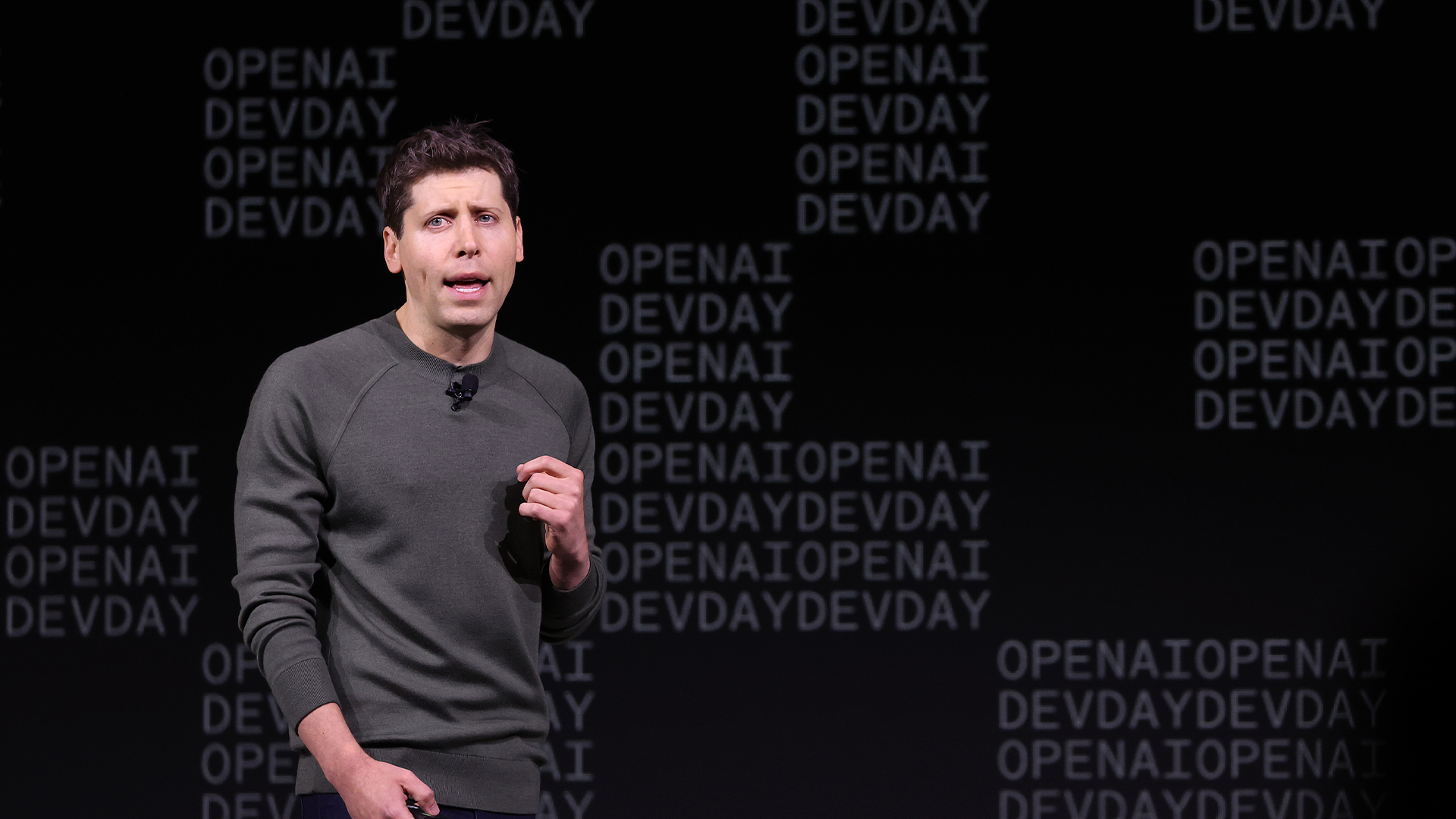

OpenAI has revealed that it recently started work on training its next frontier large language model (LLM).
The first version of OpenAI’s ChatGPT debuted back in November 2022 and became an unexpected breakthrough hit which launched generative AI into public consciousness.
Since then, there have been a number of updates to the underlying model. The first version of ChatGPT was built on GPT-3.5 which finished training in early 2022., while GPT-4 arrived in March 2023. The most recent, GPT-4o, arrived in April this year.
Now OpenAI is working on a new LLM and said it anticipates the system to “bring us to the next level of capabilities on our path to [artificial general intelligence] AGI.”
AGI is a hotly contested concept whereby an AI would – like humans – be good at adapting to many different tasks, including ones it has never been trained on, rather than being designed for one particular use.
AI researchers are split on whether AGI could ever exist or whether the search for it may even be based on a misunderstanding of how intelligence works.
OpenAI provided no details of what the next model might do, but as its LLMs have evolved, the capabilities of the underlying models have expanded.
Get the ITPro daily newsletter
Sign up today and you will receive a free copy of our Future Focus 2025 report - the leading guidance on AI, cybersecurity and other IT challenges as per 700+ senior executives
While GPT-3 could only deal with text, GPT-4 is able to accept images as well, while GPT-4o has been optimized for voice communication. Context windows have also increased markedly with each interaction, although the size of the models and technical details still remain secret.
Sam Altman, CEO at OpenAI, has stated that GPT-4 cost more than $100 million to train, per Wired, and the model is rumored to have more than one trillion parameters. This would make it one of, if not the biggest, LLM currently in existence.
That doesn’t necessarily mean the next model will be even larger; Altman has previously suggested the race for ever bigger models may be coming to an end.
Smaller models working together might be a more useful way of using generative AI, he has said.
And even if OpenAI has started training its next model, don’t expect to see the impact of it very soon. Training models can take many months and that can be just the first step. It took six months of testing after training was finished before OpenAI released GPT-4.
New OpenAI safety committee given the green light
The company also said it will create a new ‘Safety and Security Committee’ led by OpenAI directors Bret Taylor, Adam D’Angelo, Nicole Seligman, and Altman. This committee will be responsible for making recommendations to the board on critical safety and security decisions for OpenAI projects and operations.
One of its first tasks will be to evaluate and develop OpenAI’s processes and safeguards over the next 90 days. After that the committee will share their recommendations with the board.
Some may raise eyebrows at the safety committee being made up of members of existing OpenAI’s board.
Dr Ilia Kolochenko, CEO at ImmuniWeb and adjunct professor of cyber security at Capital Technology University, questioned whether the move will actually deliver positive outcomes as far as AI safety is concerned.
RELATED WHITEPAPER

“Being safe does not necessarily imply being accurate, reliable, fair, transparent, explainable and non-discriminative – the absolutely crucial characteristics of GenAI solutions,” Kolochenko said. “In view of the past turbulence at OpenAI, I am not sure that the new committee will make a radical improvement.”
The launch of the safety committee comes amidst greater calls for more rigorous regulation and oversight of LLM development. Most recently, a former OpenAI board member has argued that self-governance isn’t the right approach for AI firms and has argued that a strong regulatory framework is needed.
OpenAI has made public efforts to calm AI safety fears in recent months. It was among a host of major industry players to sign up to a safe development pledge at the Seoul AI Summit that could see them pull the plug on their own models if they cannot be built or deployed safely.
But these commitments are voluntary and come with plenty of caveats, leading some experts to call for stronger legislation and requirements for tougher testing of LLMs.
Because of the potentially large risks associated with the technology, AI companies should be subject to a similar regulatory framework as pharmaceuticals companies, critics argue, where companies have to hit standards set by regulators who can make the final decision on if and when a product can be released.
Steve Ranger is an award-winning reporter and editor who writes about technology and business. Previously he was the editorial director at ZDNET and the editor of silicon.com.
-
 Bigger salaries, more burnout: Is the CISO role in crisis?
Bigger salaries, more burnout: Is the CISO role in crisis?In-depth CISOs are more stressed than ever before – but why is this and what can be done?
By Kate O'Flaherty Published
-
 Cheap cyber crime kits can be bought on the dark web for less than $25
Cheap cyber crime kits can be bought on the dark web for less than $25News Research from NordVPN shows phishing kits are now widely available on the dark web and via messaging apps like Telegram, and are often selling for less than $25.
By Emma Woollacott Published
-
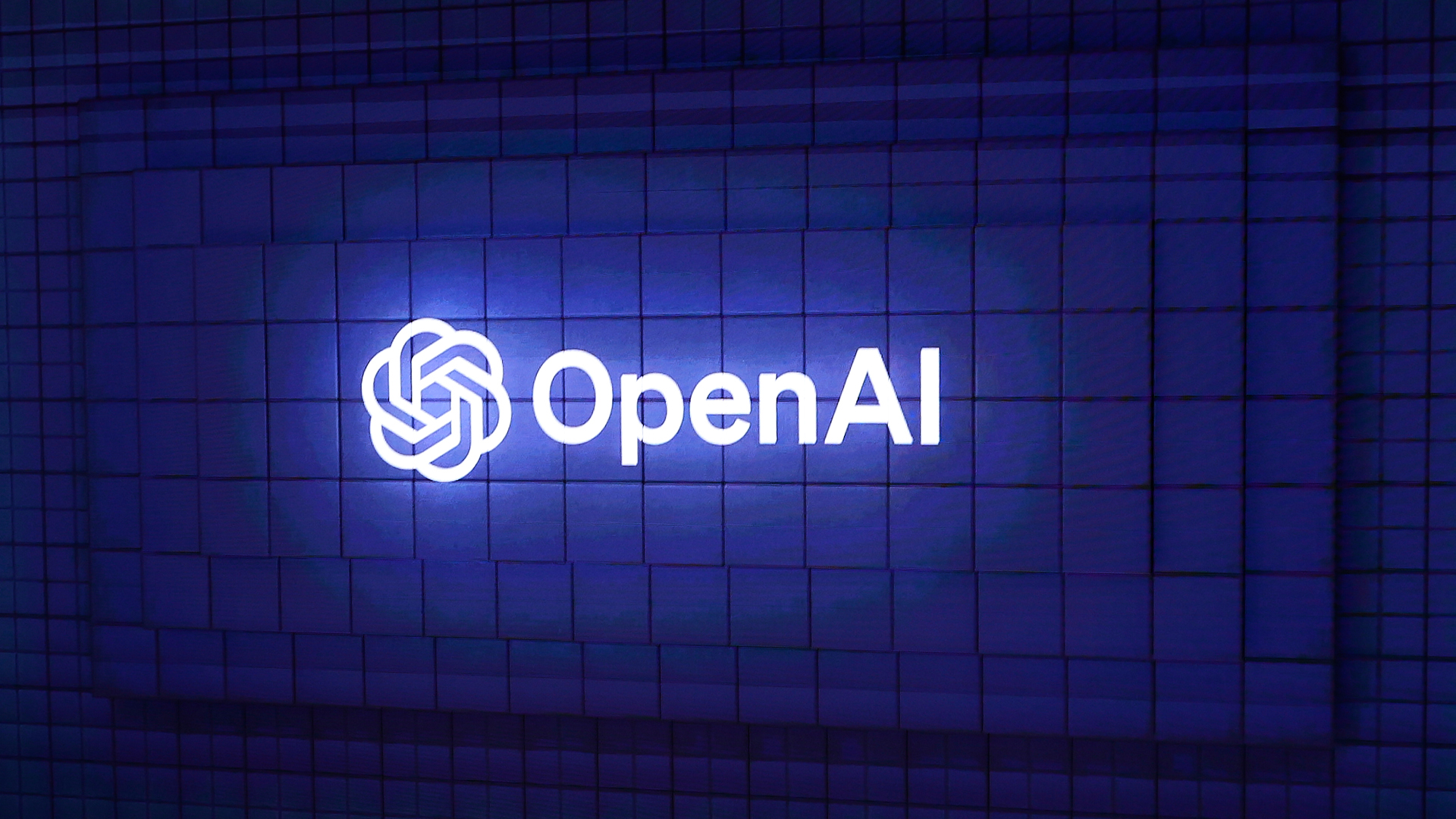 OpenAI woos UK government amid consultation on AI training and copyright
OpenAI woos UK government amid consultation on AI training and copyrightNews OpenAI is fighting back against the UK government's proposals on how to handle AI training and copyright.
By Emma Woollacott Published
-
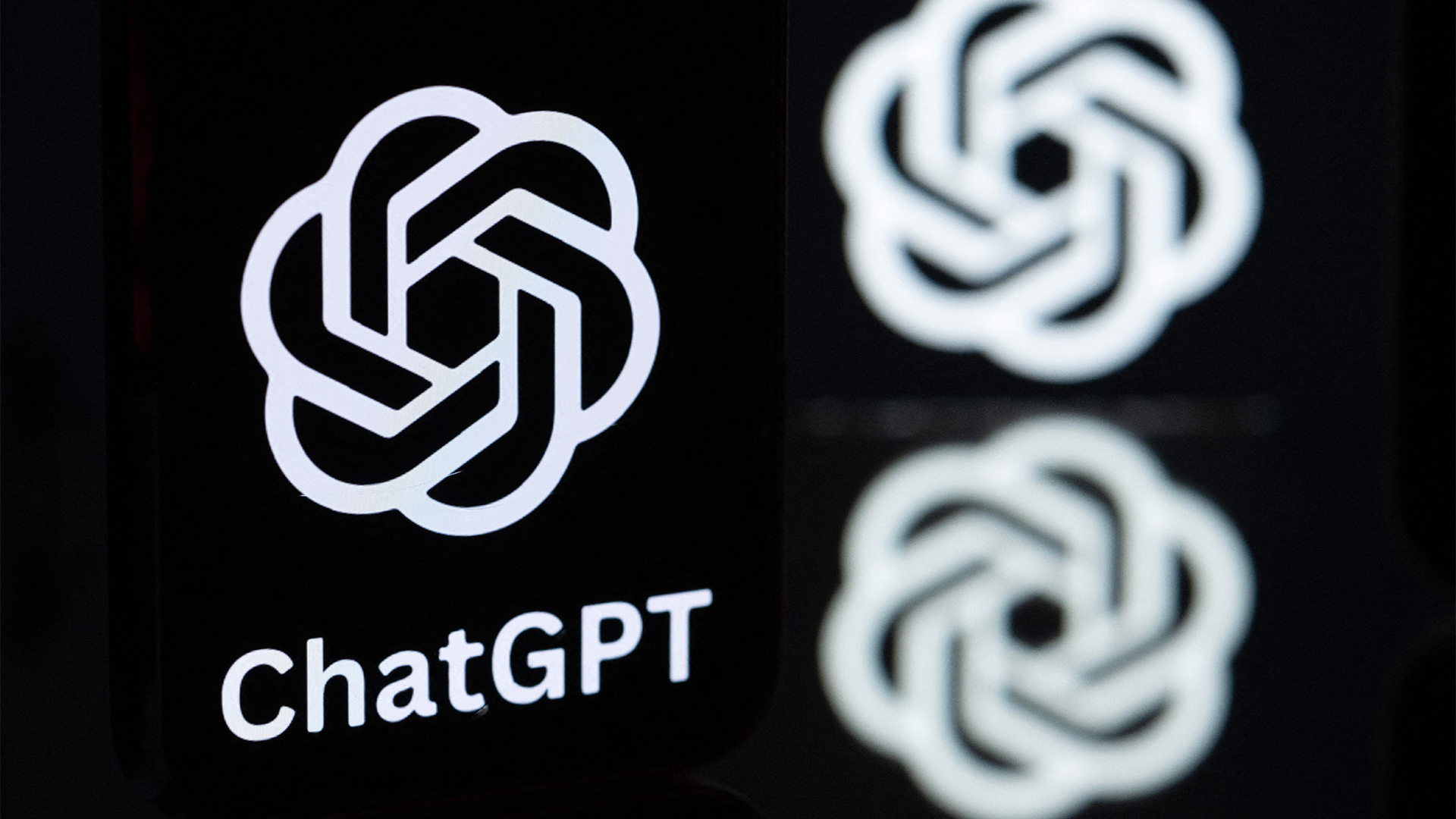 DeepSeek and Anthropic have a long way to go to catch ChatGPT: OpenAI's flagship chatbot is still far and away the most popular AI tool in offices globally
DeepSeek and Anthropic have a long way to go to catch ChatGPT: OpenAI's flagship chatbot is still far and away the most popular AI tool in offices globallyNews ChatGPT remains the most popular AI tool among office workers globally, research shows, despite a rising number of competitor options available to users.
By Ross Kelly Published
-
 ‘DIY’ agent platforms are big tech’s latest gambit to drive AI adoption
‘DIY’ agent platforms are big tech’s latest gambit to drive AI adoptionAnalysis The rise of 'DIY' agentic AI development platforms could enable big tech providers to drive AI adoption rates.
By George Fitzmaurice Published
-
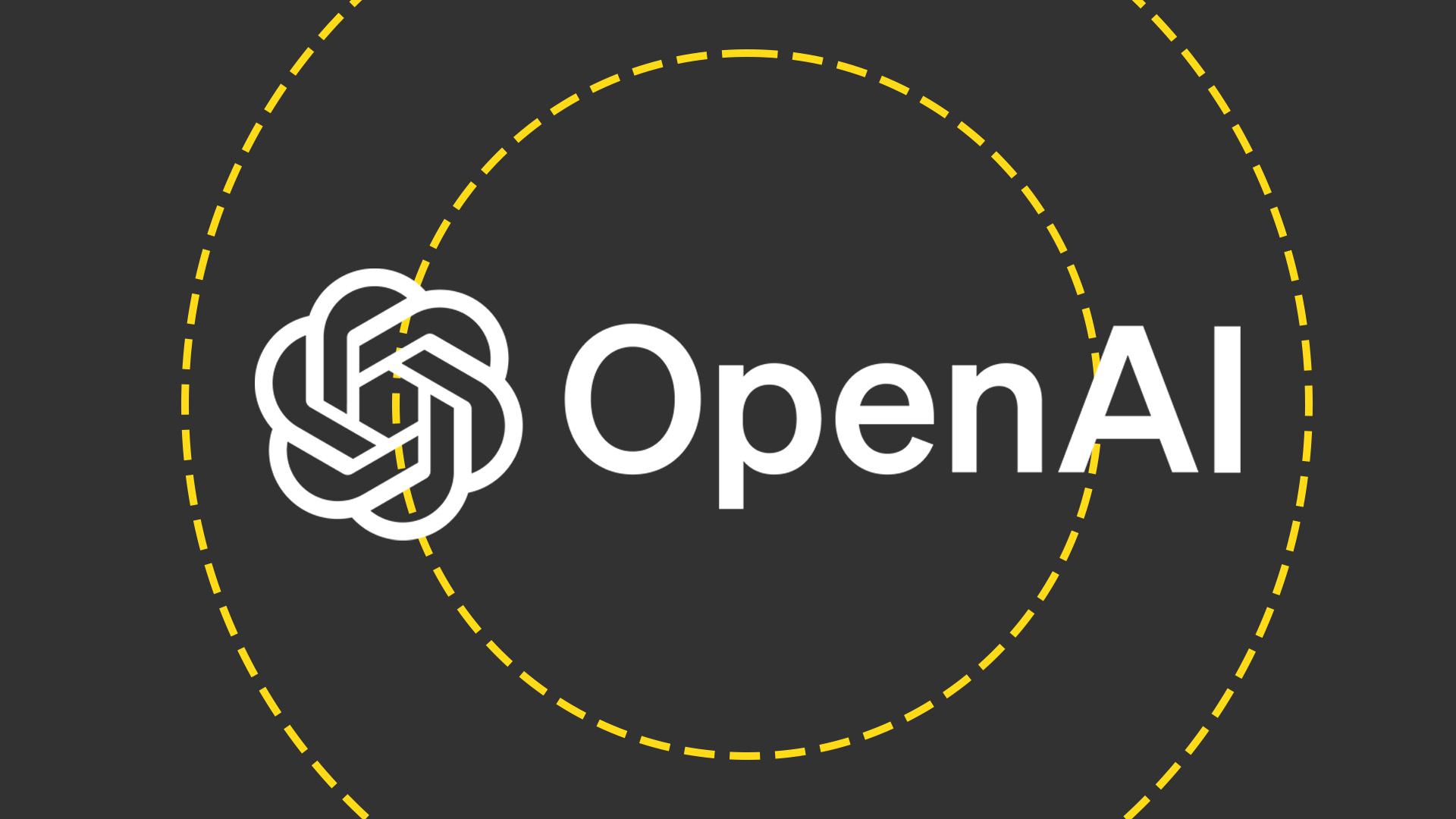 OpenAI wants to simplify how developers build AI agents
OpenAI wants to simplify how developers build AI agentsNews OpenAI is releasing a set of tools and APIs designed to simplify agentic AI development in enterprises, the firm has revealed.
By George Fitzmaurice Published
-
 Elon Musk’s $97 billion flustered OpenAI – now it’s introducing rules to ward off future interest
Elon Musk’s $97 billion flustered OpenAI – now it’s introducing rules to ward off future interestNews OpenAI is considering restructuring the board of its non-profit arm to ward off unwanted bids after Elon Musk offered $97.4bn for the company.
By Nicole Kobie Published
-
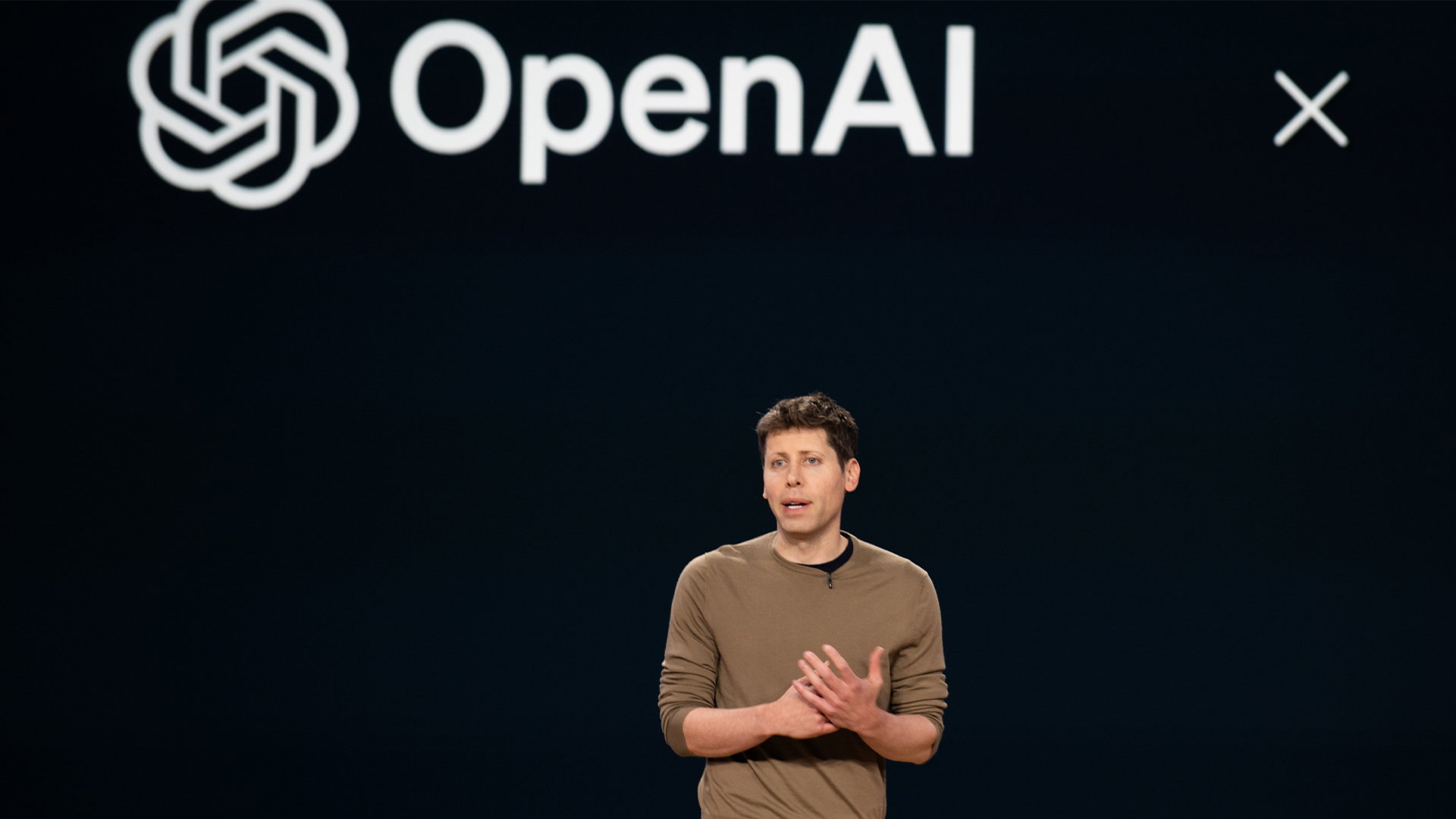 Sam Altman says ‘no thank you’ to Musk's $97bn bid for OpenAI
Sam Altman says ‘no thank you’ to Musk's $97bn bid for OpenAINews OpenAI has rejected a $97.4 billion buyout bid by a consortium led by Elon Musk.
By Nicole Kobie Published
-
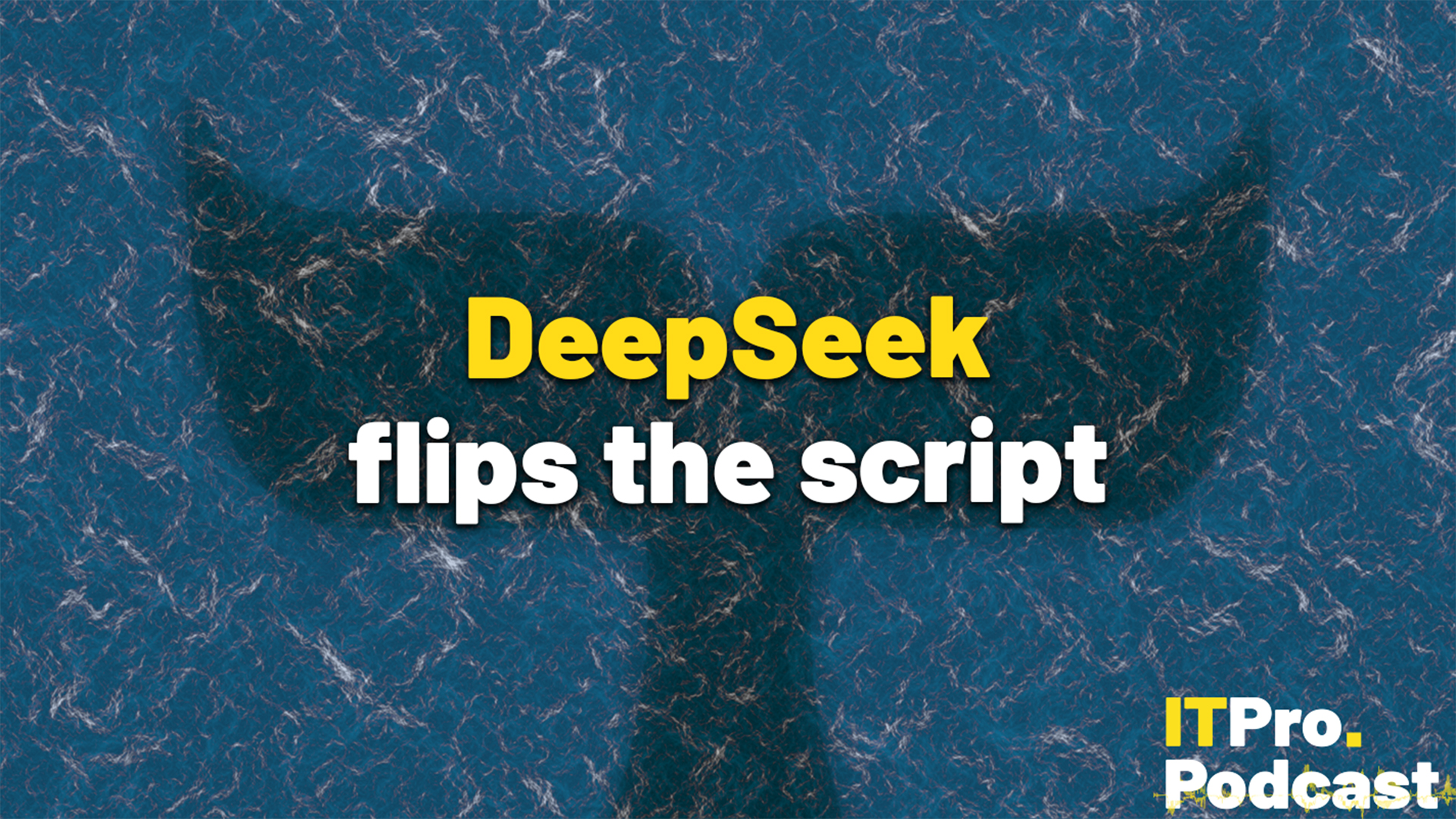 DeepSeek flips the script
DeepSeek flips the scriptITPro Podcast The Chinese startup's efficiency gains could undermine compute demands from the biggest names in tech
By Rory Bathgate Published
-
 SoftBank could take major stake in OpenAI
SoftBank could take major stake in OpenAINews Reports suggest the firm is planning to increase its stake in the ChatGPT maker
By Emma Woollacott Published